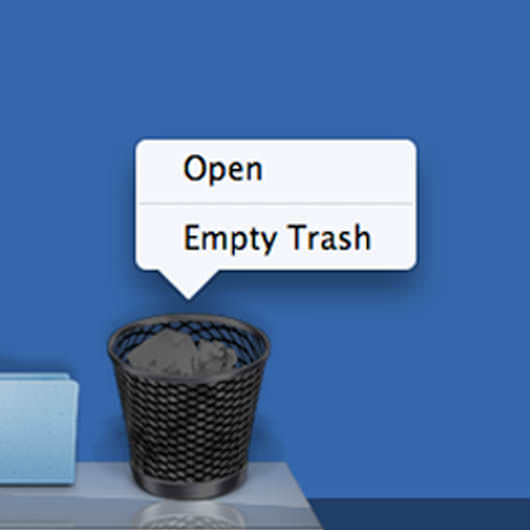- Macos Android File Transfer
- Macos Android File Transfer For Windows
- Macos Android File Transfer Windows 10
- MacDroid is a compact Android file transfer application that works great on OS X Yosemite and later versions of Mac OS including Big Sur. While being small, this tool has all the power you need for a smooth and glitch-free file transfer between your computer and device.
- 15 hours ago Enter the OpenMTP app, an advanced Android File Transfer application for macOS. With this app, the developer aims to address most, if not all shortcomings of the official Android File Transfer app for Mac. OpenMTP brings a visually-appealing UI that is quite easy to use. It also identifies files stored on the device's internal and external.
The official solution is Android File Transfer — a Google-made app for macOS that lets you browse and transfer files between your Android device and a MacBook or iMac. Android File Transfer is the data transfer service between the Mac computer and Android devices. To make it, you need to download and install the app – Android File Transfer, to your Mac, connect your device with Mac, then you can browse the files and folders on your Android device and copy files.
Android File Transfer (let's call it AFT) is a handy tool to transfer files from and to an Android device when using a Mac. This software has an annoying habit though: It automatically starts when an Android device is plugged in. Since on most modern Android devices, the user has to give permission to access files after connecting it to a PC, it opens up just to confront the user with an error message.
This behavior is caused by an App called 'Android File Transfer Agent.app', which is automatically installed by AFT to launch on login and wait for connecting devices. Here is what seems to happen on every launch of AFT to install this agent:
- '~/Library/Application Support/Google/Android File Transfer/Android File Transfer Agent.app' is replaced by '/Applications/Android File Transfer.app/Contents/Resources/Android File Transfer Agent.app'
- The Agent app is started
- An entry for this application is installed as a Login Item for the current user
People have come up with different hacks to sabotage this 'feature', e.g. renaming 'Android File Transfer Agent.app' to something else in the /Applications folder or making the folder under ~/Library unaccessible for AFT. Unfortunately, these solutions have side effects, such as an increasing number of invalid entries in the user's startup items. A more clean solution therefore is to replace 'Android File Transfer Agent.app' by an application bundle that does nothing.
Creating a noop application
We can simply use the Automator to create an application bundle:
- Run Automator.app and create a new Application
- Since some action has to be performed, insert an empty shell script into the work flow
- Save the application as 'Android File Transfer Agent.app' in your user's directory
Replacing agent by noop application

Macos Android File Transfer
- Stop any running 'Android File Transfer Agent' using the Activity Monitor
- Remove app from ~/Library:
- Replace the agent app under /Applications:
On the next launch of AFT, it will copy your noop app to your ~/Library folder and install it as a startup item. Since it is a valid app, this should not cause any issues. Of course, after an update of AFT you will have to replace the agent app under /Applications again, but the last update was in 2012, so I wouldn't worry too much…
Macos Android File Transfer For Windows
Followup:
Ironically, four days after I released this post, Google actually released an update (1.0.11). Make sure to read Donald's comment below since the location of 'Android File Transfer Agent.app' within the application has changed.
Well... even though I'd never used or tried it, as I'm practically in the
stone age of the gadget connectivity age... Here's what I found to do:
•Taming Android File Transfer on Mac OS X:
Several things said there ^ are fairly simple, from an operational standpoint.
Macos Android File Transfer Windows 10
Then it goes into another level, & that may be a little unfamiliar to most.
{But this does look like a way to do a major removal.}
Apparently 'Android File Transfer' application hasn't included an un-installer?
Sounds almost like Gilligan's Island... 'as primitive as could be.'
Hopefully this helps...
Good luck & happy computing! 🙂
Jan 11, 2014 4:30 PM

